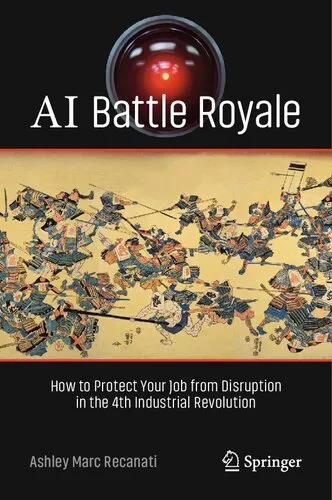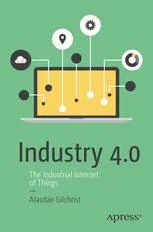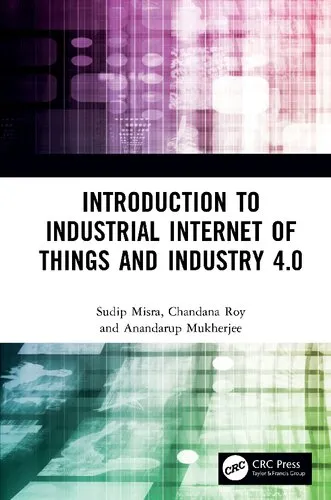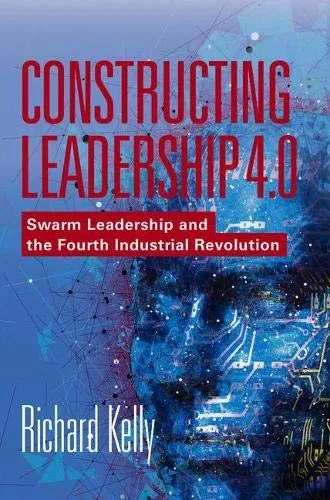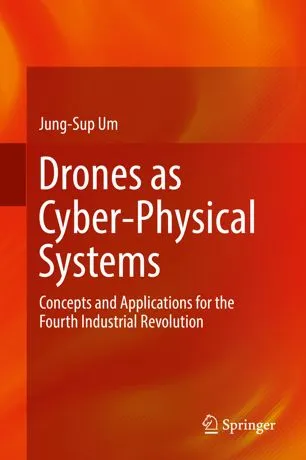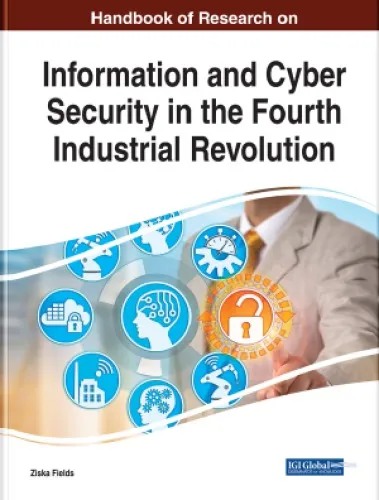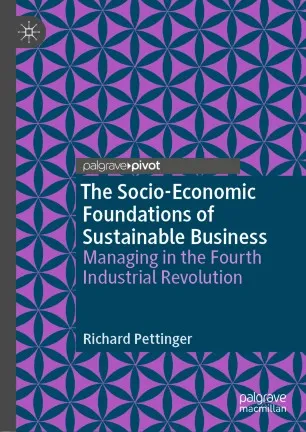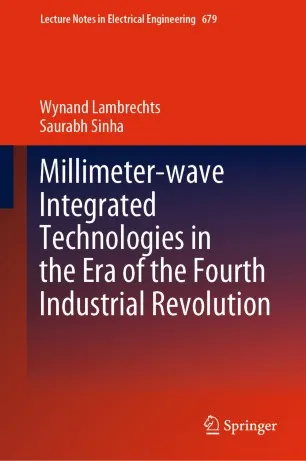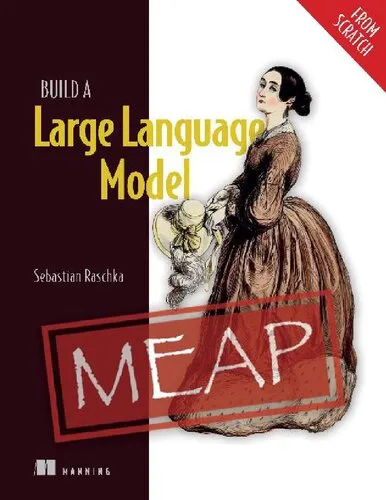The Workplace of the Future: The Fourth Industrial Revolution, the Precariat and the Death of Hierarchies
4.3
Reviews from our users

You Can Ask your questions from this book's AI after Login
Each download or ask from book AI costs 2 points. To earn more free points, please visit the Points Guide Page and complete some valuable actions.Related Refrences:
The Workplace of the Future
Exploring the profound transformations ushered in by the Fourth Industrial Revolution, "The Workplace of the Future: The Fourth Industrial Revolution, the Precariat and the Death of Hierarchies" unravels the complexities and challenges shaping tomorrow's work environments. As technology advances at an unprecedented rate, the implications for workers, employers, and societies are profound and far-reaching.
Detailed Summary of the Book
In "The Workplace of the Future," the book sets the stage by examining the forces behind the Fourth Industrial Revolution. Unlike its predecessors, this revolution is characterized by a fusion of technologies blurring the lines between the physical, digital, and biological spheres. The consequences of these advancements are pervasive, impacting all industries and economies.
The book delves into the emergence of the "precariat," a new social class precariously positioned in today's labor market due to temporary and unstable work conditions. This group serves as a stark indicator of shifting employment paradigms. With increasing automation, artificial intelligence, and gig economy platforms, traditional employment structures are rapidly becoming obsolete, prompting urgent questions about job security, social benefits, and the role of human labor.
Moreover, the book highlights the 'death of hierarchies' as organizations flatten to adapt to the fast-paced, technology-driven world. Hierarchical structures hinder flexibility and innovation. The book discusses how businesses must transition towards more agile, team-based models fostering collaboration and creativity. Emphasizing shared leadership and decentralized decision-making, it presents strategies for organizations to thrive in this new landscape.
Key Takeaways
- Understanding the impact of the Fourth Industrial Revolution on the global workforce.
- Exploring the rise of the precariat and its implications for socioeconomic stability.
- Strategies for organizations to dismantle traditional hierarchies to promote innovation and flexibility.
- The role of technology in redefining the skills required for future work.
- Adapting to change: the importance of lifelong learning and adaptability for workers and institutions.
Famous Quotes from the Book
“As technology evolves, so too must our understanding of what it means to work and lead in the modern world.”
“Hierarchies, long seen as the backbone of organizational stability, may now be the shackles impeding progress and innovation.”
“The precariat reflects the growing pains of a world transitioning into a new epoch of employment.”
Why This Book Matters
This book is crucial for anyone interested in the future of work. Its examinations of technological advances and societal changes offer a blueprint for navigating the uncertainties of a rapidly evolving labor market. By addressing the decline of traditional employment models and organizational hierarchies, the book empowers readers to rethink and reshape their strategies for growth and adaptation.
Furthermore, by blending theoretical insights with practical guidance, "The Workplace of the Future" provides a comprehensive understanding of how to harness emerging opportunities while mitigating the risks inherent in change. It is a vital resource for professionals, academics, policymakers, and anyone committed to understanding the vast, complex web of factors defining our future.
Free Direct Download
You Can Download this book after Login
Accessing books through legal platforms and public libraries not only supports the rights of authors and publishers but also contributes to the sustainability of reading culture. Before downloading, please take a moment to consider these options.
Find this book on other platforms:
WorldCat helps you find books in libraries worldwide.
See ratings, reviews, and discussions on Goodreads.
Find and buy rare or used books on AbeBooks.
1433
بازدید4.3
امتیاز0
نظر98%
رضایتReviews:
4.3
Based on 0 users review
Questions & Answers
Ask questions about this book or help others by answering
No questions yet. Be the first to ask!

